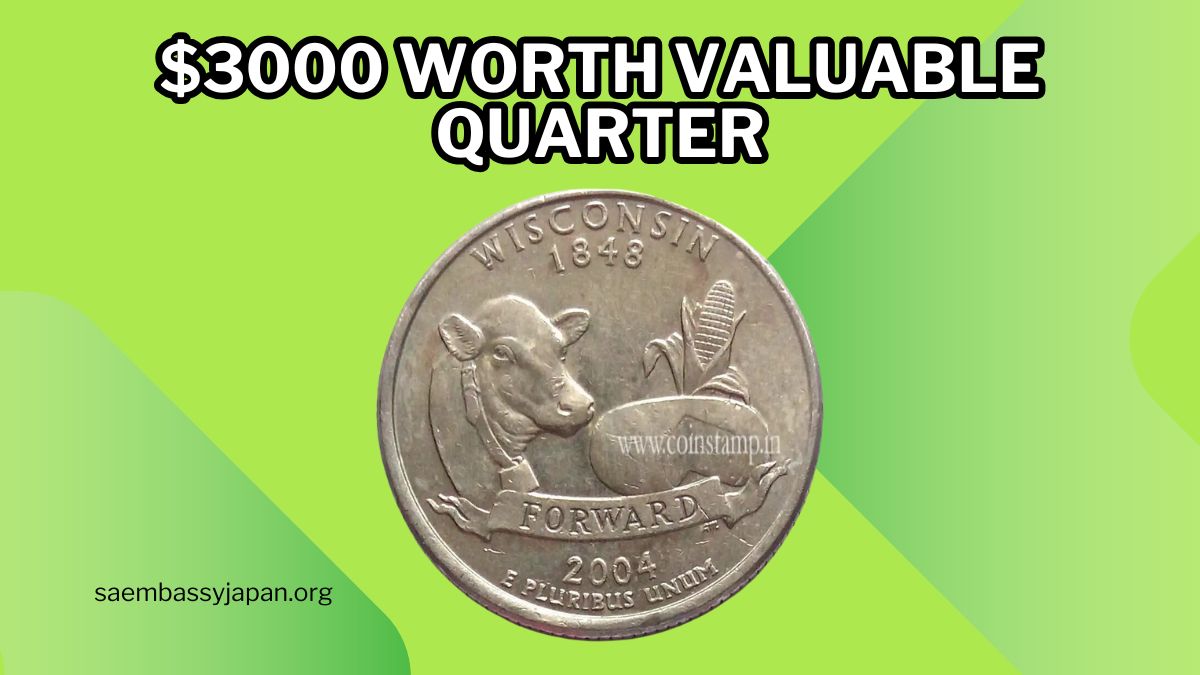While many view quarters as mere pocket change, certain U.S. quarters minted after 1965 have become highly sought after by collectors due to their rarity, unique features, or minting errors. Identifying these valuable coins can transform a simple 25-cent piece into a significant addition to your collection or a profitable find.
Transition from Silver to Clad Composition
In 1965, the U.S. Mint transitioned from producing quarters with 90% silver content to a copper-nickel clad composition. This change makes post-1965 silver quarters exceedingly rare, as they were not intended for circulation.
Notable Valuable Quarters Minted After 1965
Several quarters minted after 1965 have gained significant value due to unique characteristics. Below is a curated list of some of the most notable examples:
| Year | Mint Mark | Description | Approximate Value |
|---|---|---|---|
| 1976 | D | Bicentennial quarter with a doubled die obverse | Up to $2,500 |
| 1983 | P | Quarters in mint state due to no mint sets issued that year | Up to $1,000 |
| 1999 | S | Silver proof Delaware quarter with a striking error | Up to $2,000 |
| 2004 | D | Wisconsin state quarter with an extra leaf on the corn husk (high or low leaf variety) | $50 to $3,000 |
| 2005 | P | Minnesota state quarter with an extra tree (doubled die error) | $100 to $600 |
| 2009 | D | District of Columbia quarter with a doubled die error on the reverse | $100 to $500 |
| 2019 | W | Quarters with the “W” mint mark from the West Point Mint, produced in limited quantities | $30 to $200 |
Note: Values are approximate and can vary based on the coin’s condition and the current market demand.
Factors Contributing to a Quarter’s Value
Several elements can elevate the value of a quarter:
- Minting Errors: Coins with anomalies such as doubled dies, off-center strikes, or missing elements are rare and highly prized.
- Limited Mintage: Quarters produced in smaller quantities or special editions often become valuable over time.
- Unique Features: Design variations, such as the extra leaf on the 2004 Wisconsin quarter, attract collector interest.
- Mint Marks: Coins from certain mints, especially those with limited production like the West Point Mint (“W” mint mark), can be more valuable.
Identifying Valuable Quarters in Your Collection
To determine if a quarter is valuable:
- Examine the Date and Mint Mark: Look for specific years and mint marks known for producing valuable coins.
- Inspect for Errors: Use a magnifying glass to spot anomalies such as doubled dies or unusual markings.
- Assess the Condition: Coins in uncirculated or mint condition are typically more valuable.
- Consult Professional Grading Services: Organizations like the Professional Coin Grading Service (PCGS) can provide an official grade, which can significantly impact the coin’s value.
Preserving the Value of Your Quarters
To maintain and potentially increase the value of your quarters:
- Proper Storage: Keep coins in a cool, dry place, preferably in protective holders to prevent damage.
- Avoid Cleaning: Cleaning coins can reduce their value; it’s best to preserve their natural patina.
- Handle with Care: Hold coins by the edges to avoid fingerprints and oils that can tarnish the surface.
Frequently Asked Questions (FAQs)
- Why are some post-1965 quarters valuable?
- Certain quarters minted after 1965 are valuable due to minting errors, limited production runs, or unique design features that make them rare and desirable to collectors.
- How can I identify a valuable quarter?
- Check the coin’s date and mint mark, look for known errors or unique features, assess its condition, and consider consulting a professional grading service for an official evaluation.
- What is a mint mark, and where is it located on a quarter?
- A mint mark indicates the U.S. Mint facility where the coin was produced. On Washington quarters minted after 1965, the mint mark is located on the obverse (front) side, to the right of Washington’s ponytail.
- Are quarters with minting errors always valuable?
- While many minting errors can increase a coin’s value, the significance of the error, the coin’s condition, and collector demand all influence its market worth.
- Should I clean my coins to enhance their value?
- No, cleaning coins can diminish their value. Collectors often prefer coins with their original luster and patina, as cleaning can cause scratches and reduce collectible appeal.
